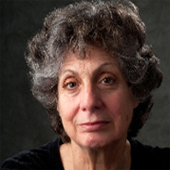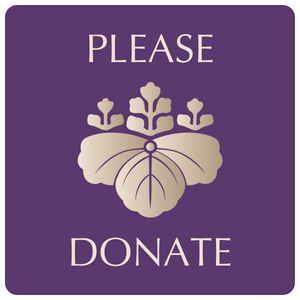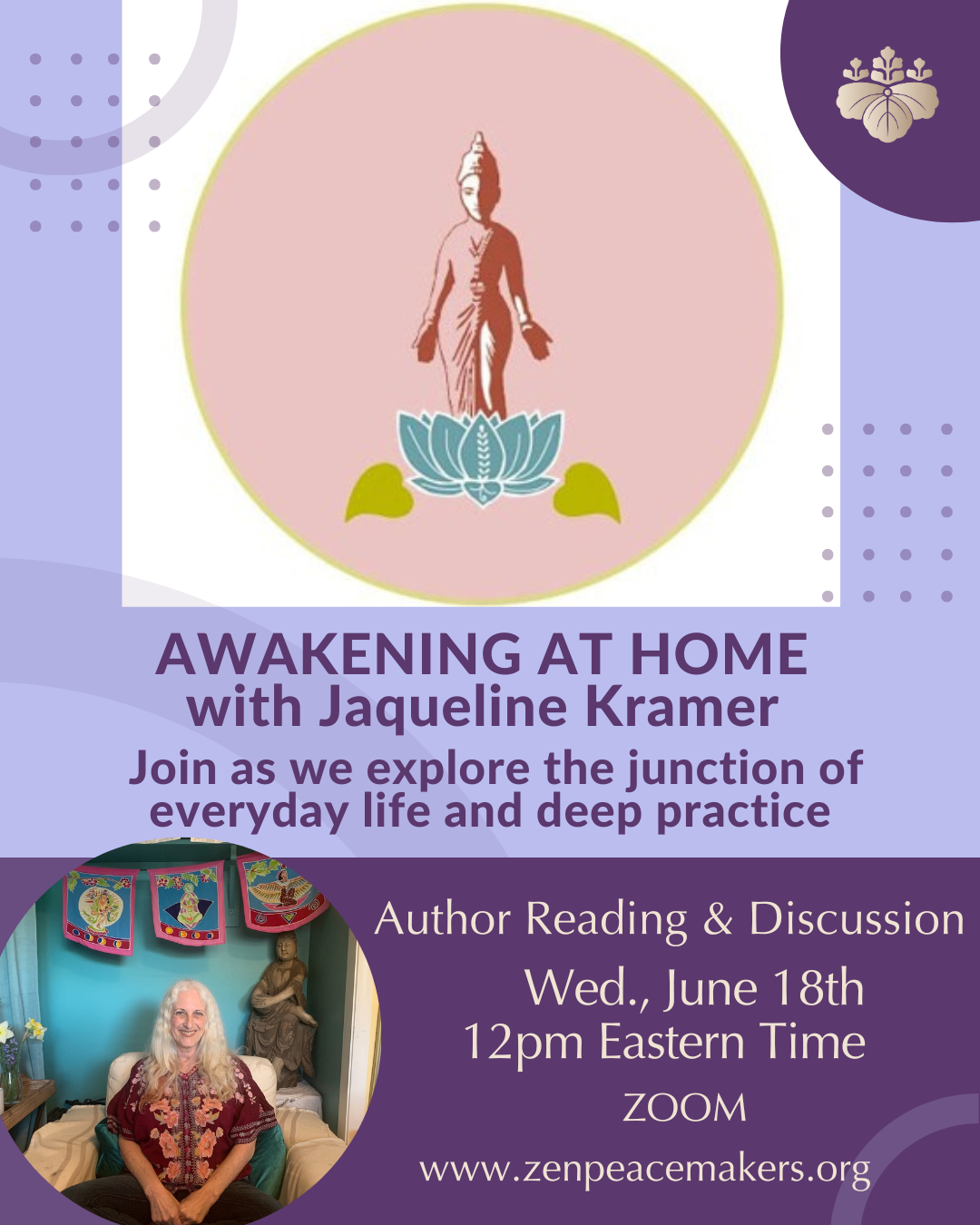Originally published on June 29, 2013
BALADY
I’m in a taxi going to Checkpoint 300 in order to enter Bethlehem and visit with Sami Awad, head of Holy Land Trust. The checkpoint is gone, replaced by the big Separation Wall, which is yellow-gray on the Israeli side and awash with graffiti demanding an end to the occupation on the other side. But before we get there the taxi driver, a tanned, heavy-set man in his 50s, becomes nostalgic.
“Do you remember what this was before the Wall? Remember all the fruit and vegetable stands, the stalls with fresh meat? Believe me, everybody came there, at least everybody who knew anything about good food. What didn’t they sell? Balady tomatoes, balady eggplant, balady watermelon.”
“What is balady?”
“Balady is Arab,” he says. “Those tomatoes are not like what they sell now in the stores, those tomatoes had meat and so much juice it just spilled out of your lips. All of Jerusalem went there to buy their vegetables and fruit—remember the grapes? Remember the olives? Now look at it,” he said, depressed.
I remind him that now there are almost no suicide bombers on account of the Wall, but it seems to be small comfort to him. “There was a place for olives on the left there, nothing like it. Just a hole in the wall, but who didn’t know about it? All along here, on the road to Bethlehem, I stopped every day for lunch as well as to bring food home. You go in there?” he asks. We both know it’s illegal for Israelis to cross into the West Bank. “So tell me, what’s on the other side? Do they have any stores on the road on the other side?”
No, I tell him, it’s as barren as on this side, only with lots more taxis and young boys selling postcards and gum. The stands and stores have been shut up for a long time, lots of dust on the street. He shakes his head even as I put 40 Shekels in his palm.
Only when I get home do I look up the word Balady, and find that it doesn’t mean Arab, it means native. And that resonates eerily the next morning, when I meet my friend, Rabbi Ohad Ezrahi, in Tel Aviv.
AFRICA IN TEL AVIV
“Can I photograph you?” I ask the group of men camping right under the jungle gym. African refugees inhabit the children’s playground, which consists of swings, slides, and the jungle gym, is inhabited by African refugees. They stuff their clothes into the slide tube, taking shelter there at night. One is lying there now, head inside the slide while his shoeless legs are out in the sun. Blankets are hung under the jungle gym and shirts cover the ladders. The five men are sitting and standing against the slide. Most are African blacks, but the one who replies is white.
“It will cause trouble.” The others exchange glances and say nothing. Nobody moves. “Come back tomorrow morning,” he suggests.
“I can’t.”
“You’ll make money out of the pictures, right?”
“I won’t.”
He pretends to think about it. “Okay,” he agrees. And then, magnanimously, adds: “And if anybody else says no, tell them Yosef said it was okay.”
When I told my mother back in Jerusalem that I was going to Tel-Aviv to meet my friend, Rabbi Ohad Ezrahi, to walk the area around the Central Bus Station and see some of Israel’s African refugees, she reacted angrily. “They have no business here. They ask for political asylum, but everyone knows that’s nonsense. Nobody’s threatening them back home, they just want to come here to make money.”
“Is that why people walk all the way from Sudan across Egypt and Sinai and into Israel? Maybe they were hungry. Maybe they had nothing.”
“They have no business here. They have their land, we have ours,” says the woman who herself was an immigrant some 55 years ago. “This is not their country.”
Over 55,000 “undocumented workers,” as they’re called here, have come to Israel from Africa. Most are from Sudan and Eritrea, but some are as far as Nigeria in Western Africa. Years ago, East European laborers arrived legally to replace Palestinians in construction and other jobs that Jewish Israelis didn’t want, often overstaying their visa limit. Israelis have also hired Filipinos, mostly women, to take care of their elderly; the women send money back to their families and visit them every few years. And I remember clearly a basement door occasionally left ajar right under my brother’s apartment in Jerusalem, behind which a Thai family lived and cooked in an underground apartment. When I inquired about it, my brother said they were probably happy to have it.
None of these have aroused the animus of Israelis like the African migrants.
Ohad is the perfect companion for this walk since he has twice led street retreats in the area around the Central Bus Station on the Day of Atonement, Judaism’s holiest day of the year. Right now he asks one of the other men, an African, how long he’s been in Israel. “Ten years,” he answers.
Upon arrival, they ask for refugee status or political asylum. The only ones who may be granted that status are from Eritrea, which is in the middle of a civil war; the others are widely assumed to have made the long trip for economic reasons.
Levinski Park and its environs, just outside the Central Bus Station, are estimated to be home to some 20,000 undocumented African workers. A few lie on the concrete floor of the park; others loiter. Later in the day, Ohad promises, there will be lots of little children and teens playing basketball and soccer. After that there will be prostitution, and all day there are crime and drugs. The police station stands conspicuously adjacent to the Park and Ohad remembers seeing two old African men stretching out on blankets and leaning right against the wall of the station, gently taking care of each other while shooting up.
He relates how one afternoon on the Day of Atonement, he and his group did prayers and sang songs in Levinski Park, not getting a second glance from anyone till they began to sing a song about Allah. At that point a Nigerian preacher yelled that they shouldn’t sing the song. They replied, he answered back, they moved from their place to join him where he sat alongsidea drunk slumped on the bench, and his drunk fellow that was sitting with him on the bench joining them, and together finally he and Ohad settled into a friendly public give-and-take surrounded by attentive bystanders.
I know from past street retreats that it’s at this point that the park, the people, and the streets become your friends. You are not a refugee and you have a home to return to, but for a short while there’s the illusion of a level playing field.
On the other side of the bench, Ohad remembers with a smile, the gathering a very drunk man, still slumped, tried to get up but couldn’t on account of his intoxication was shlumped over lying on the ground, Ohad told me, so intoxicated that he couldn’t get up when he tried. One of the participants, a medical clown by the name of Yaron-Sancho, a medical clown who was on the retreat with Ohad took up Ohad’s the guitar and started to sing Marley’s tune for him “Get up, stand up, stand up for your rights”. The people around encouraged himm, some cheering, some jeering, and finally he began to laugh at himself, too.
Other memories bring no smiles. At the beginning of another retreat, someone accosted one of his people and said, “Here you are. Today I will kill you.” He obviously mistook the young man for someone else and wouldn’t listen when they tried to point this out. He returned again and again, following them and threatening to kill the young man, and only towards the end realized his mistake. Ohad himself faced an angry, threatening group of young Russians in the Park. There is lots of crime in Levinsky, with groups fighting over markets in stolen cell phones, tablets, and computers.
But he loves it. I love it. “Look at it,” he says, “Africans of all kinds, Russians, Haredi Jews in black East European garb, Arabs, women in jeans, women covered from top to bottom, border patrol men clutching their guns, wary policemen, all in Levinski Park in the shadow of the enormous Central Bus Station, where buses arrive from all over the country.” It reminds me of Tompkins Park in New York before it got gentrified, of the Tenderloin District in San Francisco some 15 years ago, of the Letten in Zurich during the time when they legalized the drug trade.
The backlash against the African workers is severe. No one cared much for the construction workers from Rumania and Bulgaria, but this is different. It’s exotic, it’s Muslim, it’s black. Political leaders have called them a cancer. Cockroaches has been thrown around, the same word flung by Hutus against Tutsis during the Rwandan massacre, before they put their corpses in the river to send them back to Ethiopia, their original home.
———————————————————————————————–





2 risposte
Dear Eve-roshi,
Where is the “not knowing” in this emotionally evocative post?
With warmth and respect,
Len
Thank you Eve, for this powerful report. I remember a wonderful week with you and Bernie at Elat Chayyim in Connecticut a few summers ago. I am grateful for being on your e list and loved your teaching during that summer week when we shared teaching with Danny Matt and his wife and experienced the interplay and interconnections of Kabbalah and Zen Peacemakers. Best wishes, Laurin